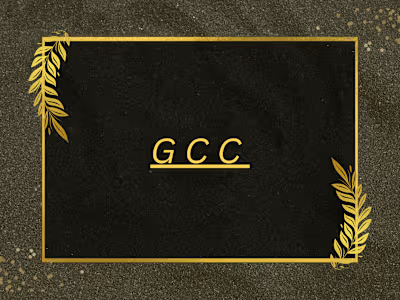A Beginner’s Guide to Buying A New Violin:
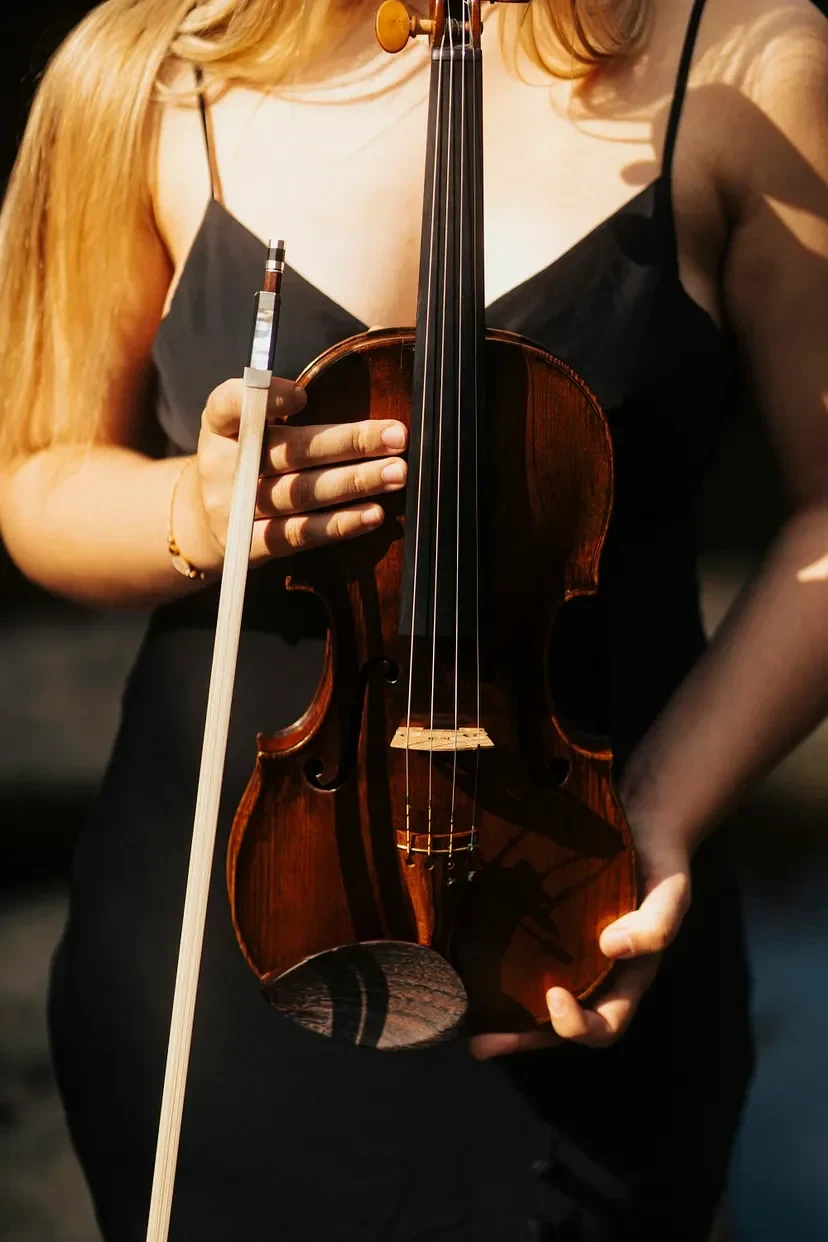
Photo by Sebastian Mark on Unsplash
For a better experience read the article on medium.com: https://medium.com/@masudulamin0/a-beginners-guide-to-buying-a-new-violin-tips-tricks-and-what-to-avoid-fc41e3939faa
So you have decided to buy a new violin?
Perhaps, your first violin?
Fear not, I shall guide you through the process regardless of your level of knowledge.
By the time you are done, you will be equipped with the following info:
What type of sound should you look for?
Price range?
Materials??
I would suggest bookmarking this page so that you don’t have to memorise the whole thing.
Without further ado, let’s do this.
Beginner ($350 — $1,200): Staying clear of VSO land.
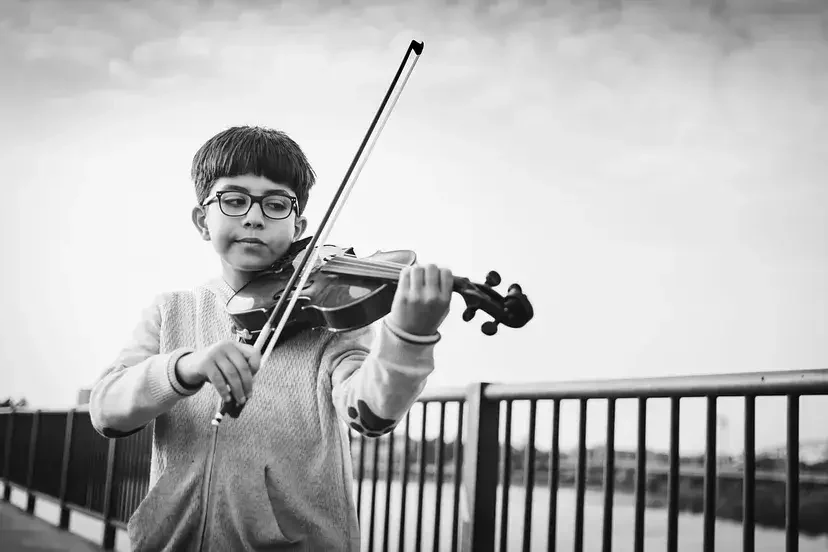
Photo by Ashkan Forouzani on Unsplash
VSO- Violin Shaped Object.
These are objects that look like a violin but most certainly are not considered a violin because how simply awful they sound. They are often made out of plywood and cheap plastic.
Depending on the “maker”, the varnish may actually be toxic to inhale.
At around the $350 mark, you can expect to find real wooden bodies, a fingerboard that’s not pressed flat (that is a thing that VSOs can have), a tailpiece that can actually hold the strings in place and a bridge that is properly setup(right height, thickness, placement.)
The fingerboard is usually not ebony. Neither are the pegs, however the most important parts — the front plate and the back plate are wooden (spruce for the front and maple for the back, usually.)
The reason you need wooden materials is because wood allows the vibrations to travel throughout the instrument making it more resonant. On the other hand, plastic materials dampen and choke sound.
On the other end of the spectrum, at around $1200 you can expect nearly every material to be made of good quality wood. A money back guarantee may also be included.
Violins in the latter part of the price range are for those who are willing to commit right from the get go. They know how much they want to learn the violin and do not want their instrument to hold them back.
Things to look out for:
The pegs should move smoothly and yet stay firm after tuning.
There should be no cracks or open seams, no matter what. (Seriously, do not buy the violin if there are any cracks.)
You should look for violin outfits — where the violin case, the bow, rosin, shoulder rest are included — basically a package deal.
If possible, have an experienced musician (preferably a violinist) with you when you go to the shop.
As a beginner, you have a million problems to deal with already: scratchy sounds, bow-hold that looks like a frog about to do a flip, your left hand simply cannot find the right pitch……
Amidst all of that, the last thing you need is a violin that works against you.
I had a hand-me-down violin from my brother.
The “instrument” was too heavy. The sound was so muffled — almost as if something was physically preventing the violin from working.
Even expensive strings could not get rid of the ‘tinny’, metallic sound.
It was unfortunately a cheap VSO.
I actually quit for a while because I got so discouraged and frustrated.
You, dear reader, need to ensure that you do not make the same mistake as my parents when they bought that cheap violin.
This is why I recommend, if you have the budget, to go for the higher end of the spectrum. Whilst price does not guarantee quality, the closer you get to the $1200 mark, the better.
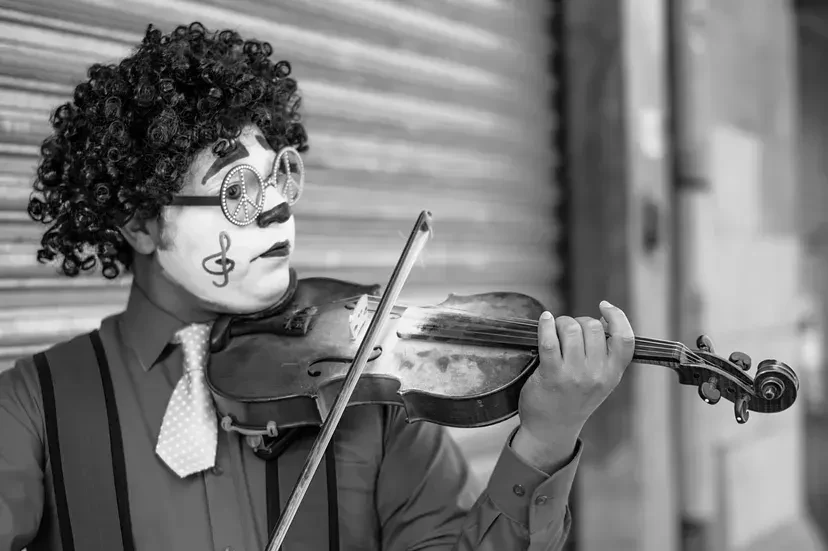
Photo by Uriel Soberanes on Unsplash
Where to buy? Offline or Online?
In general, buying offline is better since you actually get to play and see the instrument before you buy. The string shop (yes, a string shop….. not a general music store) should have an in-house luthier who can set up the violin and make some last minute adjustments, if needed.
However, if you are going to buy online, ensure it’s from a reputable seller.
In fact, it’s best if you buy from an already established music shop, that way you can avoid having to do all the sleuthing by yourself.
Some reputable sellers include:
Shar Music
Kennedy Violins
Fiddlershop
I wish I were sponsored by them, but sadly I am not…..🥲
These shops usually provide a money back guarantee and their violins are generally well made. You are usually very safe buying from them.
In the event you are not satisfied, their robust customer service should be enough to help you.
Intermediate ($1,500 — $10,000): Smoldering Embers
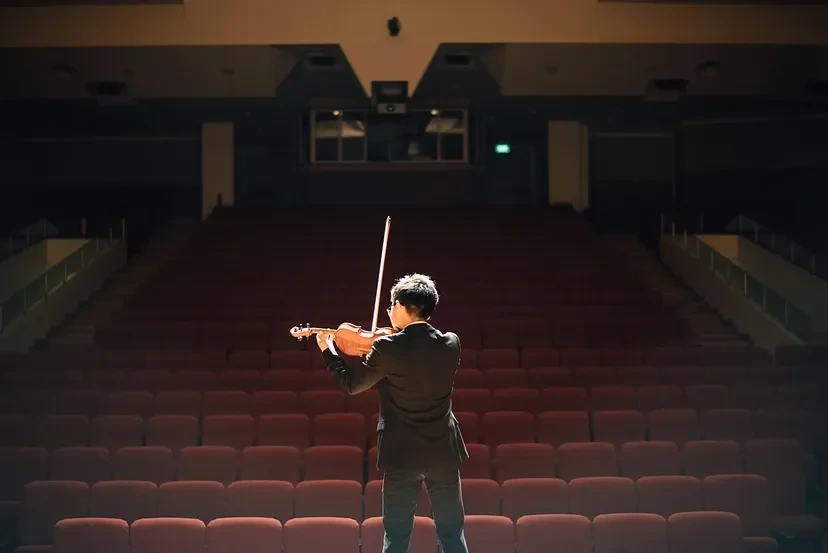
Photo by CHUTTERSNAP on Unsplash
This is where things get interesting.
You are at that stage where the bow is finally listening to you (with varying degrees of success…).
The notes in 1st position are very comfortable, 3rd position is your new best friend and maybe you are upgrading from Mazas to Kreutzer.
You also, importantly enough, have started to intuit what sort of sound you are looking for.
Dark and sonorous or perhaps something a bit more mellow…..
Maybe you are looking for something rich and warm that projects well……
There’s also a measure of how responsive an instrument is, i.e, how quickly the instrument responds to whatever you are asking it to do.
You can test this quite easily: Find someone who has an expensive violin and ask if you can play their instrument.
It is likely that you will find their violin to be much easier to play than your own.
When you are dropping this amount of money, you also need to think about what purpose your instrument is going to serve.
Do you intend to join an orchestra? (Dark and sonorous might be the way to go….)
Do you intend to take on a more soloist role?(Provided you have the skills- something that projects well should be your concern.)
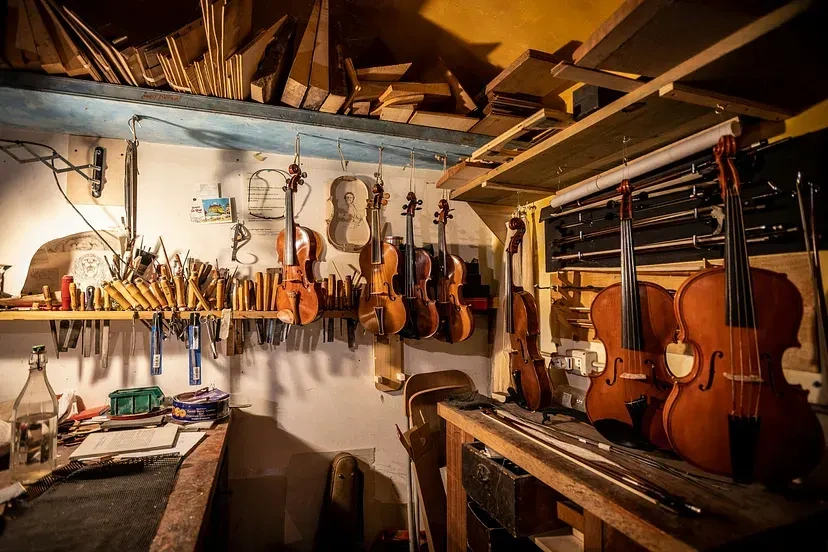
Photo by Mario La Pergola on Unsplash
At the lower end of the spectrum, you will find some good quality instruments that come with a master setup. Essentially, what this means is- while the violin may not be made by a master violin-maker, it is set up by one and has their seal of approval.
Heck, the instrument might be made entirely in a factory.
However, the violin-maker ensures that the instrument meets their standards such as ensuring proper string height, correct bridge setup, setting up the sound post perfectly, making sure the wood is of decent quality etc.
On the higher end of the spectrum, things get really juicy. You are likely to get a proper handmade instrument made by an up and coming violin maker.
Fun fact: If this violin maker later becomes really famous for whatever reason, your violin’s worth just might skyrocket out of nowhere.
Now, it is absolutely crucial that you try out your violin before buying.
$10000 is no joke and there are many violins that sound like trash even at this price range.
On the other hand, some makers produce violins that are of outstanding value. So much so that even $25,000 violins can’t compete with them.
This is why it’s really important that YOU play the instrument yourself.
Does it feel comfortable?
Does it have the sound you are looking for?
Do you like the look of the instrument?(This is important too since you most likely will be spending a while with the instrument.)
Is it within your budget? (Can you extend, if it’s not?)
Remember, you have most likely dedicated hundreds (if not thousands) of hours to learning the violin.
Please take your time making a decision when purchasing one. There really is no rush.
Quick note: It is usually not possible to find violins that have dark, sonorous, warm qualities that also projects well. Why? Simply because of the way it’s made: the wood used, the way the instrument is carved, the type of strings and bridge used — all of these make a distinct concoction.
That being said, if you play around with enough instruments you will find something that speaks(sings) to you.
While it’s rare to find a violin that excels in all these sound qualities, the higher price range increases your chances of finding an instrument that closely matches your desired sound.
There’s also the conundrum of antique instruments: are they any good? Are they worth the price?
Unfortunately, that is a topic that needs an entire article of its own. Rest assured, I will have one up soon enough.
Just remember, there are antique violins and there are violins that just have an antique varnish.
The latter may look gorgeous however they do not contribute to the sound quality.
Final tip: if you must buy your instrument online make sure of two things:
The seller is not only reputable but also has really good customer service
There is a trial policy where you can take the violin home for some time.
As you might realise I stopped at “Intermediate Violins”.
That’s because professional violins require more nuance and understanding. Another factor to contend with is, after a certain price point, it’s not just about the quality of the instrument but also about its investment value.
I intend to write a separate article for it all together.
General tips and guidelines:
Do not hesitate to shop around. Depending on how much time and money you spend, it is very much an investment.
DO NOT, I repeat, DO NOT be swayed by Stradivarius or any other popular fine instrument copies. They are not necessarily bad. However, because of their popularity some unscrupulous sellers absolutely swindle people out of their money. Follow the above guidelines and don’t get carried away.
Regarding violin bows, at cheaper prices it might actually be a better idea to buy a carbon fibre bow than a wooden one. Rest assured, the article about carbon fibre bows will come soon enough.
I hope this guide has been helpful.
I would love to know what you thought about this article?
Did I miss something?
Would you like me to write more elaborate guides for beginner and intermediate violins?
Let me know in the comments.
Like this project
Posted Sep 16, 2024
A Beginner’s Guide to Buying A New Violin: Tips, Tricks, and What to Avoid




